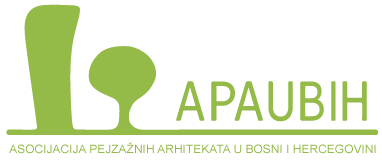Dobrovoljna, nevladina, interesna, nestranačka i neprofitna organizacija stručnog, profesionalnog i društvenog karaktera.
Alternative Futures for Sarajevo Polje:
Building resilient and productive landscapes with multifunctional waterscapes – a green infrastructure approach to Sarajevo Polje.
International Master of Landscape Architecture (IMLA) in cooperation with University of Sarajevo – Faculty of Forestry, International Burch University – Faculty of Architecture, Association of Landscape Architects in Bosnia and Herzegovina. March, 2016.
Description: Coordination of study visits, organization of focus groups, linking experts with students, expert tutoring, and knowledge sharing during spatial design and planning.
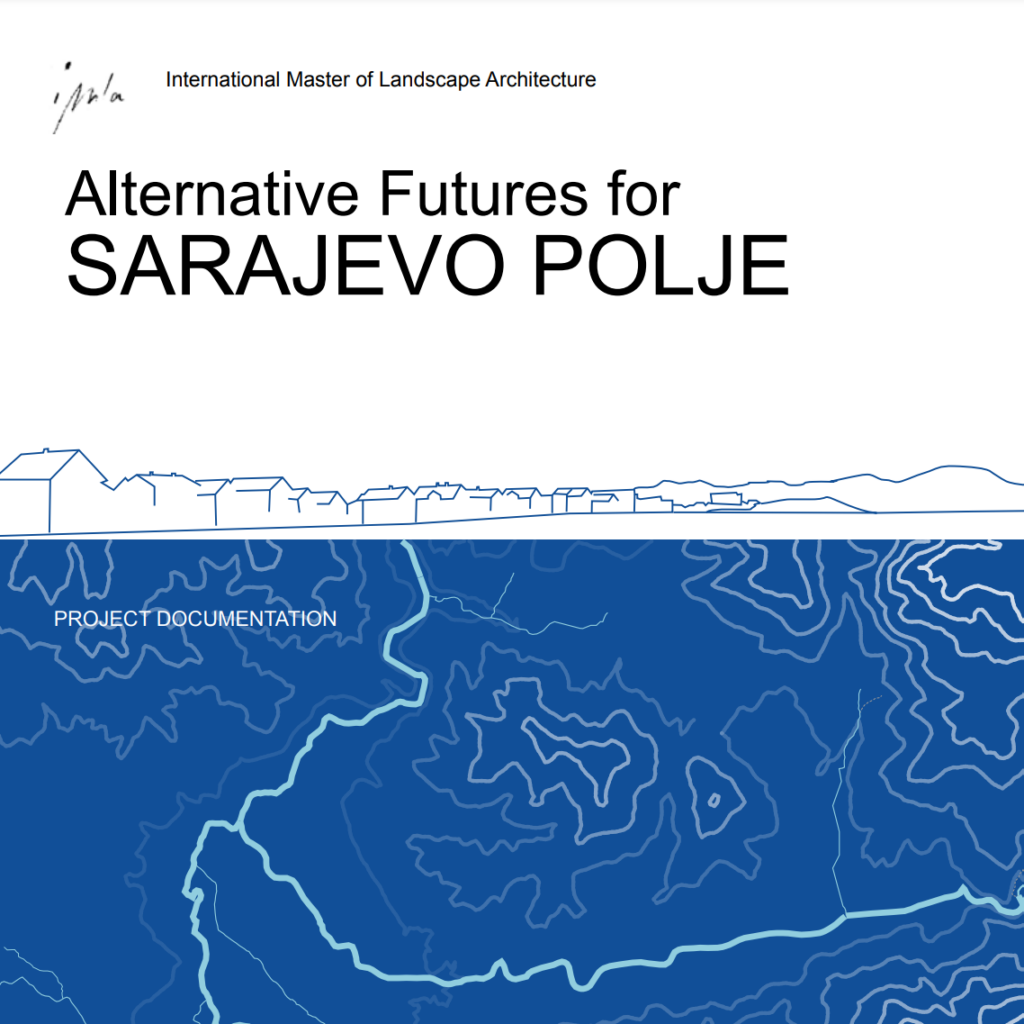
The Sarajevo Polje project, part of the International Master of Landscape Architecture (IMLA) program, brought together students, faculty, and professionals from Bosnia and Herzegovina, Belgium, Germany, and other countries to reimagine the urban fringe of Sarajevo. This interdisciplinary initiative aimed to explore sustainable strategies for managing competing land-use demands in an area marked by rapid urbanization, ecological challenges, and cultural heritage.
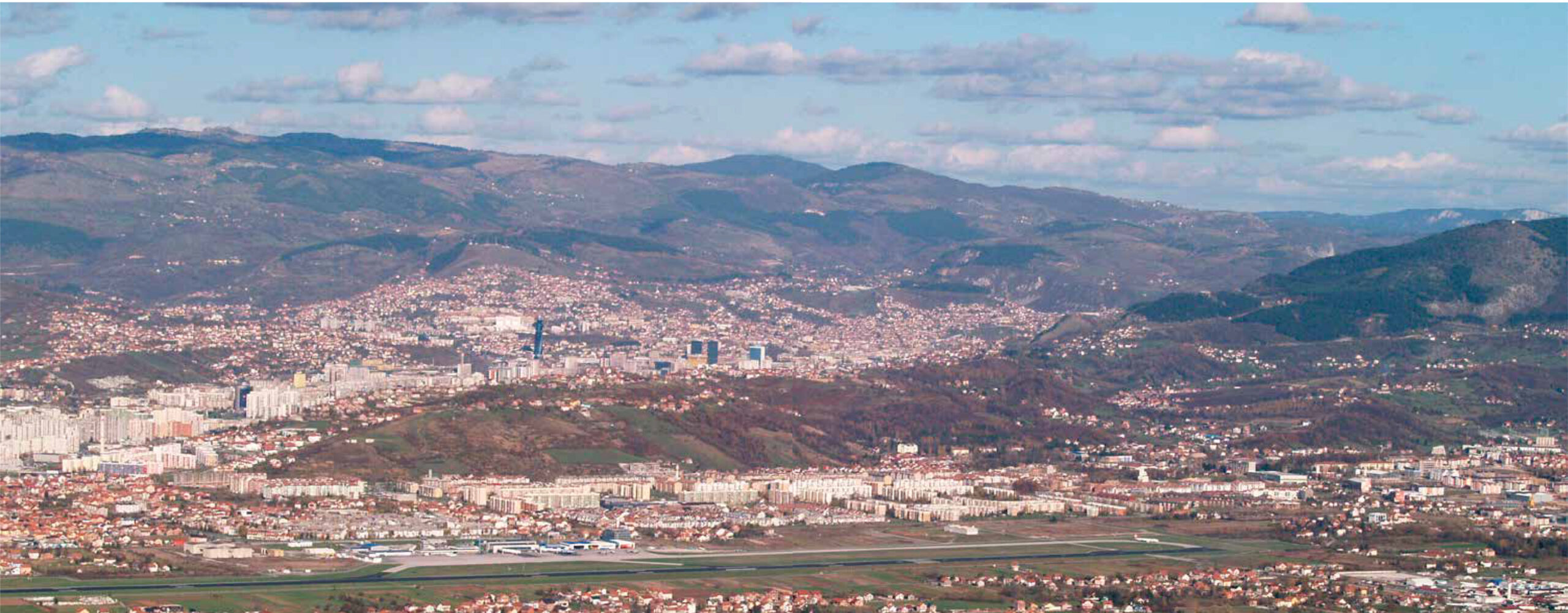
View from Igman Mountain over Sarajevo Field (Polje), the airport, and the Dobrinja settlement into the Sarajevo Valley. Image kindly provided by Nino Sarić.
Project Context
A Collaborative Effort
Sarajevo Polje, located at the western end of Sarajevo, is a rich alluvial plain shaped by the Bosna River and its tributaries. Historically valued for its fertile soils and water resources, the area has seen increasing development pressure, urban sprawl, and fragmentation in recent decades. This project addressed these challenges by integrating urban planning, environmental protection, and landscape architecture to envision sustainable futures.
Over 60 students and 11 instructors collaborated during an intensive studio period. The project combined workshops, site visits, and theoretical analysis to produce detailed designs and actionable concepts. Participants focused on key challenges such as managing urban sprawl, preserving agricultural land, and addressing socio-economic disparities.
The project resulted in a range of creative and forward-thinking proposals that addressed various challenges and opportunities in Sarajevo Polje. A key focus was on green infrastructure, with ideas centered around creating ecological corridors to boost biodiversity and establish stronger connections between urban areas and natural landscapes. This approach also incorporated flood management strategies and created spaces for recreation.
Another significant aspect was the concept of multifunctional land use. The proposals aimed to balance agriculture, recreation, water management, and housing to ensure sustainable and efficient use of the land. Cultural and historical preservation was equally important, with designs that highlighted and protected the area’s rich heritage, including Austro-Hungarian thermal spas, the Bosna Spring, and significant archaeological sites.
Sustainable development featured prominently in the project, with ideas such as urban farming, eco-tourism, and green mobility initiatives aimed at fostering economic growth while safeguarding the environment. Improving urban connectivity was also a priority, with recommendations to enhance public transportation systems and develop pedestrian pathways to better link fragmented settlements and reduce dependence on cars. Together, these proposals present a holistic and innovative vision for the future of Sarajevo Polje.
Studio Team
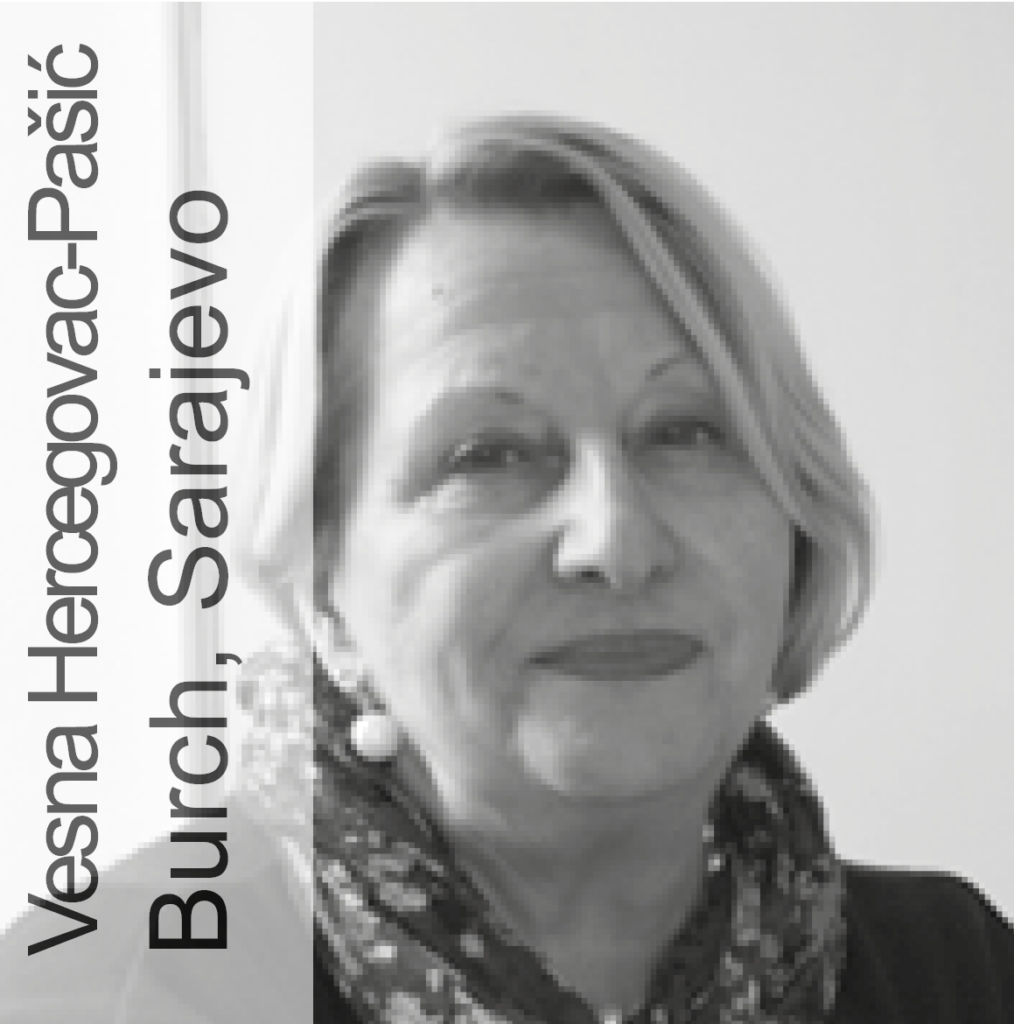
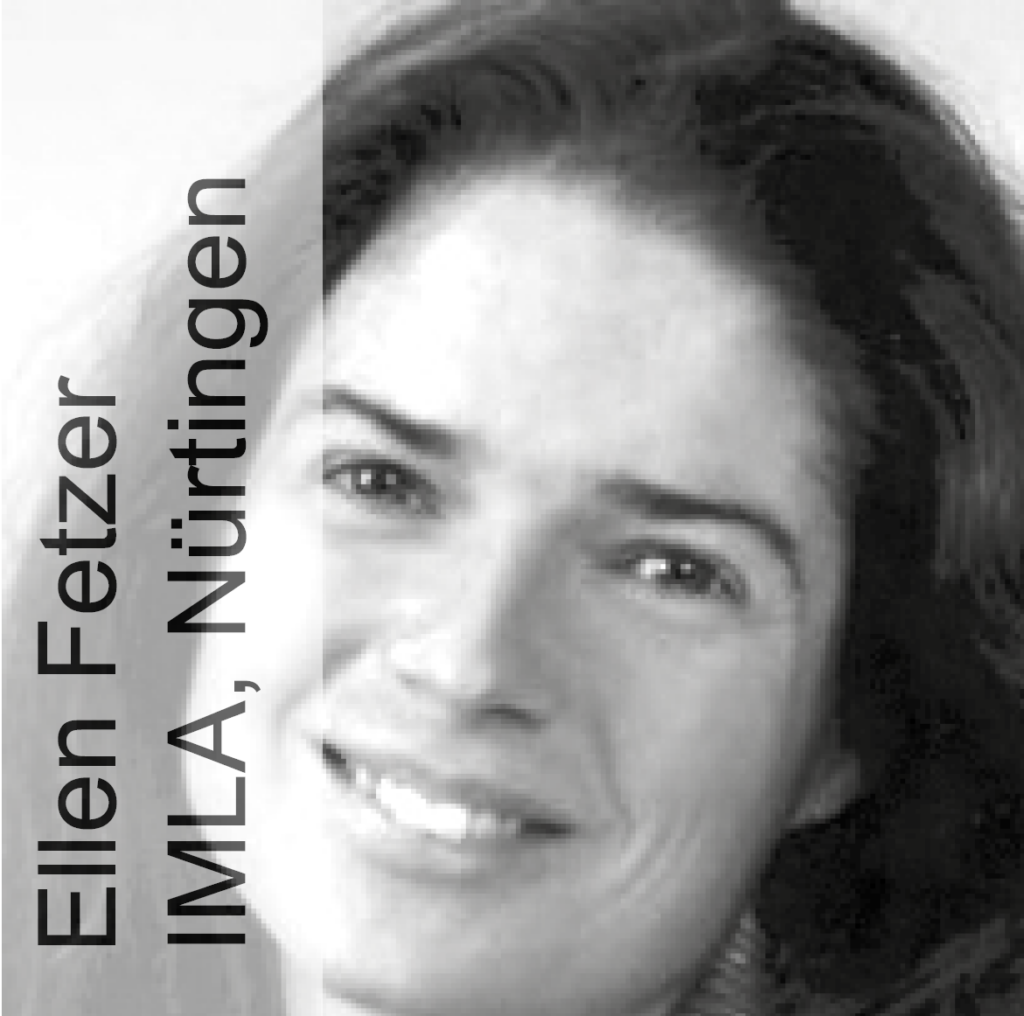

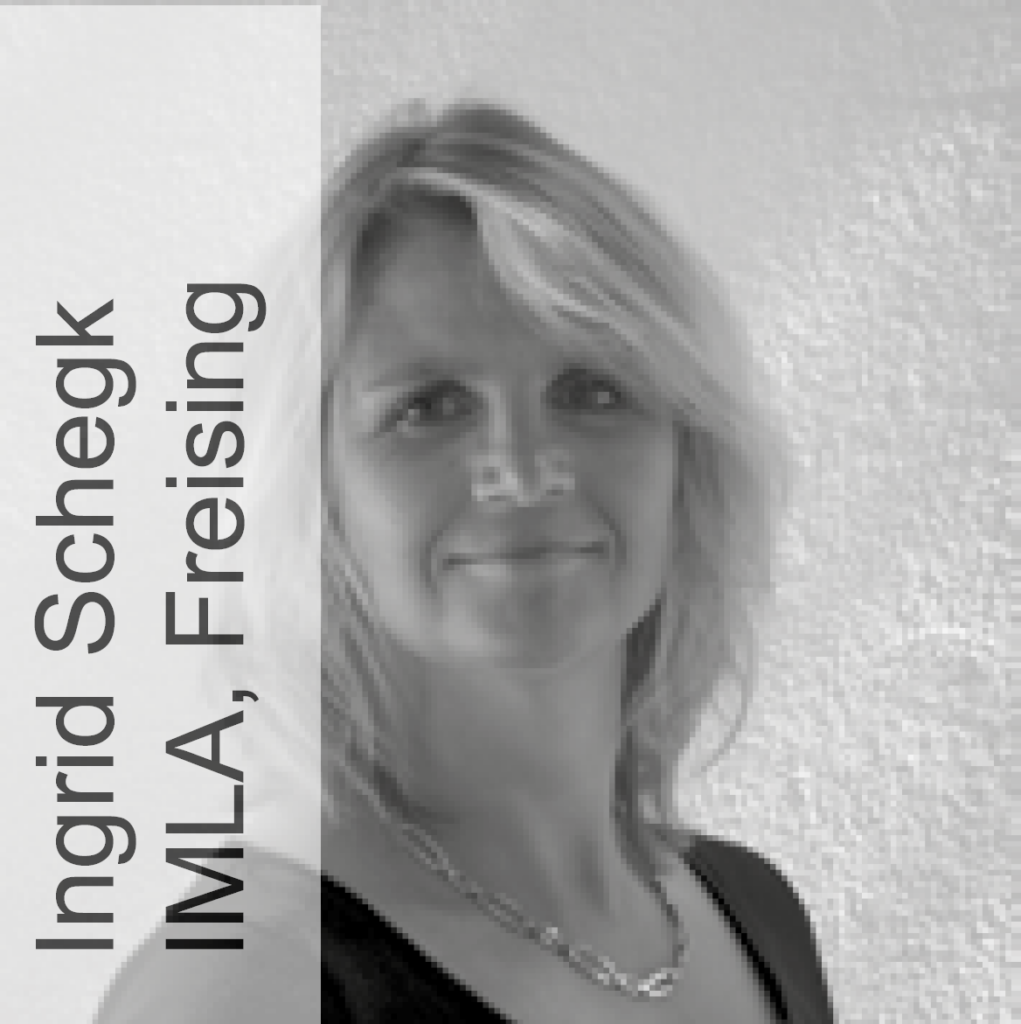
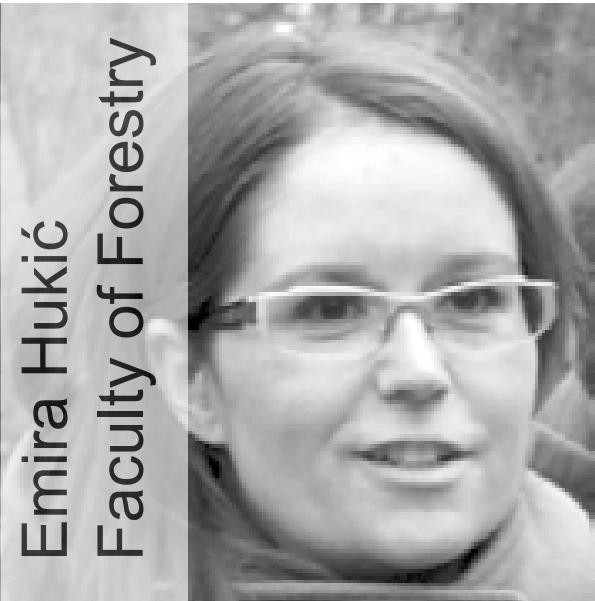

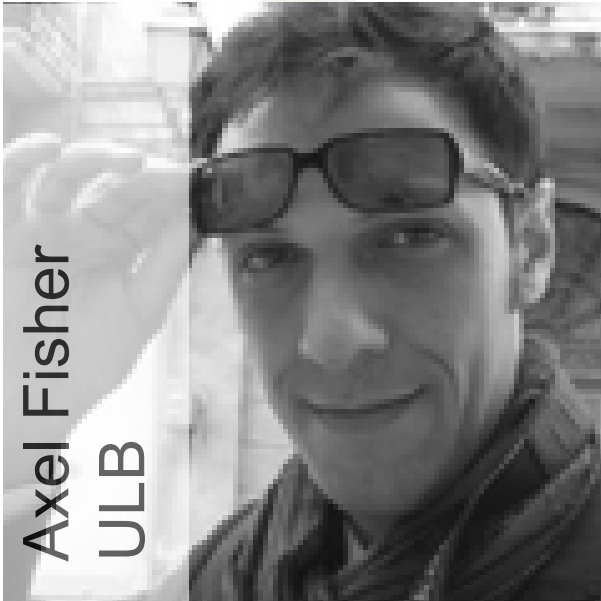
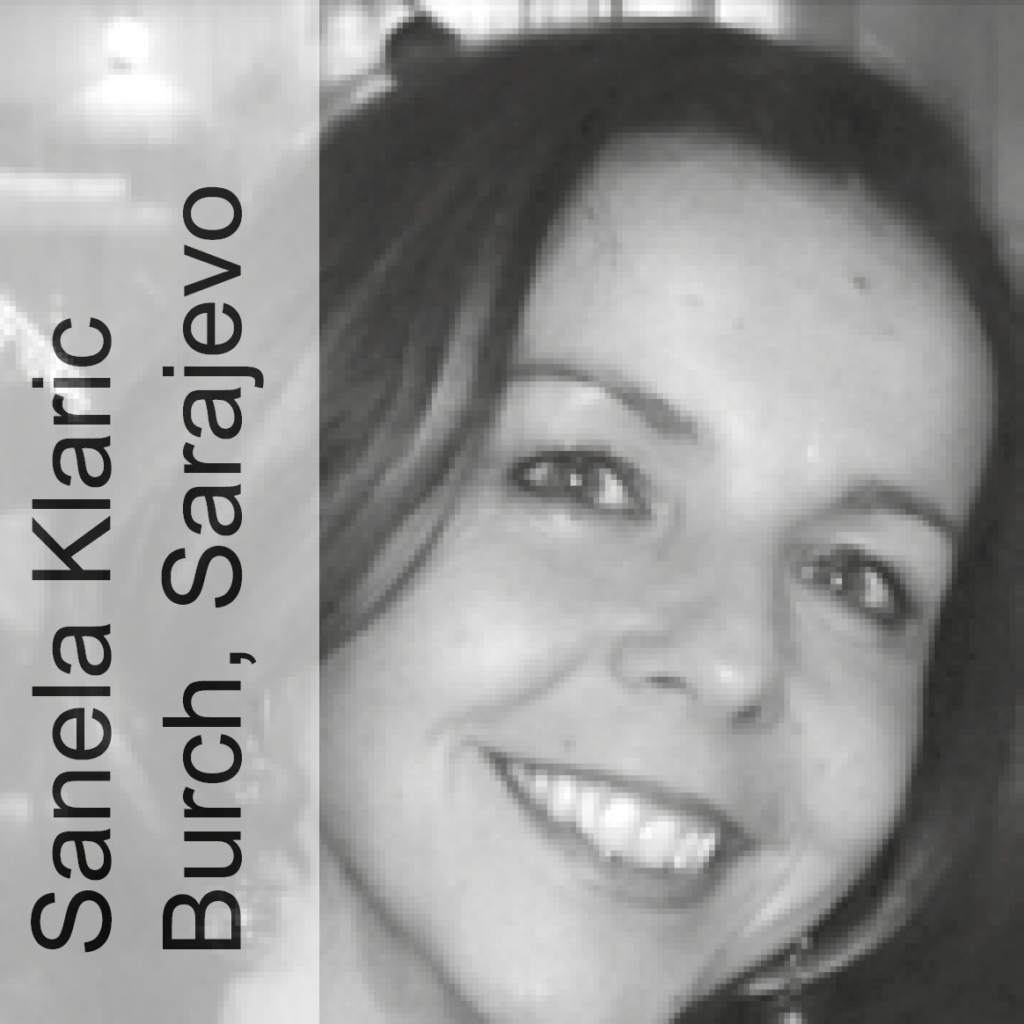
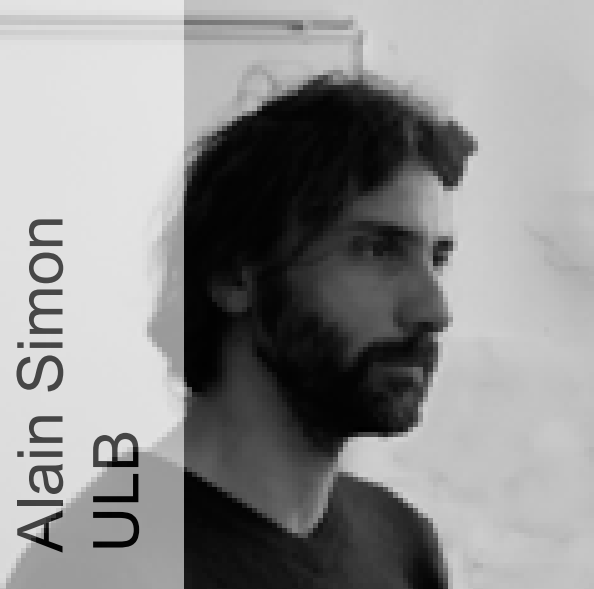
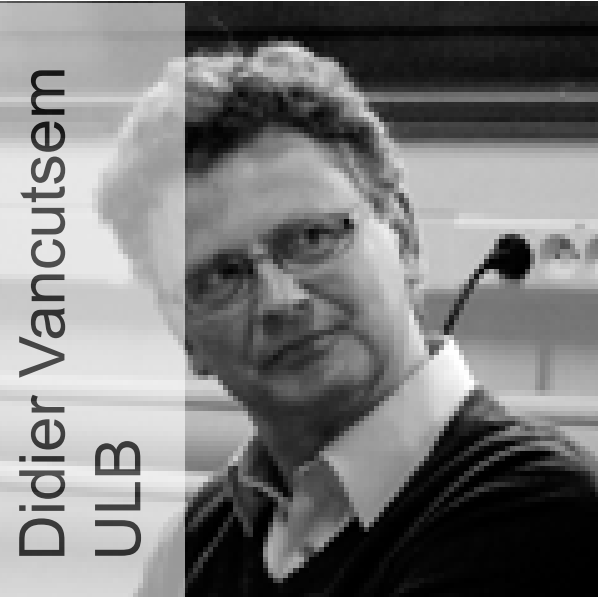
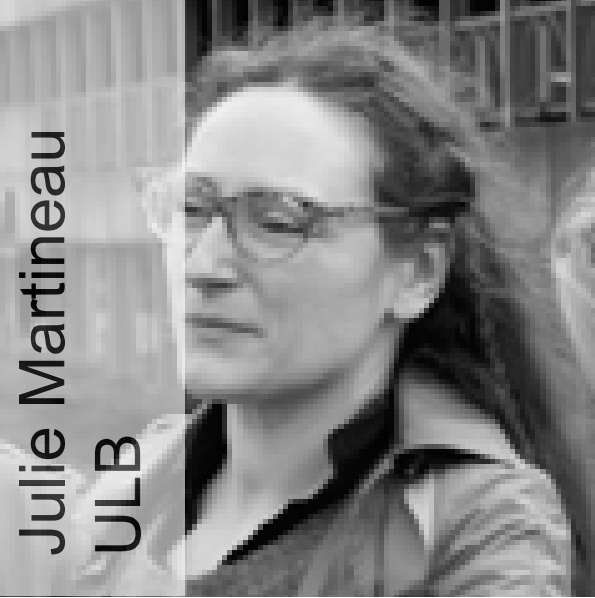
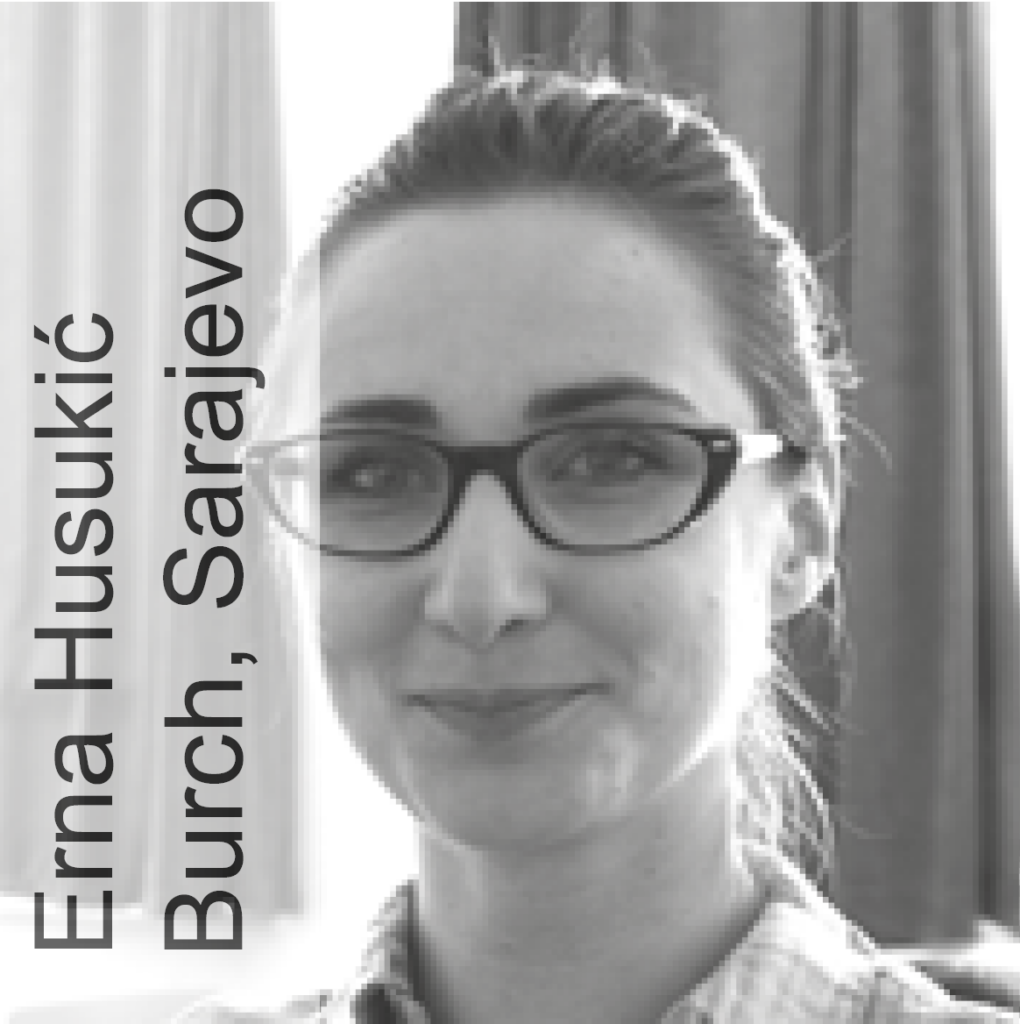
The Sarajevo Polje project presents a comprehensive vision for a multifunctional and sustainable urban fringe. By balancing ecological needs with urban demands, the proposals offer pathways for Sarajevo to adapt to modern challenges while preserving its unique landscape and heritage.
To learn more about the student work and dive deeper into their innovative ideas, click the link below.
